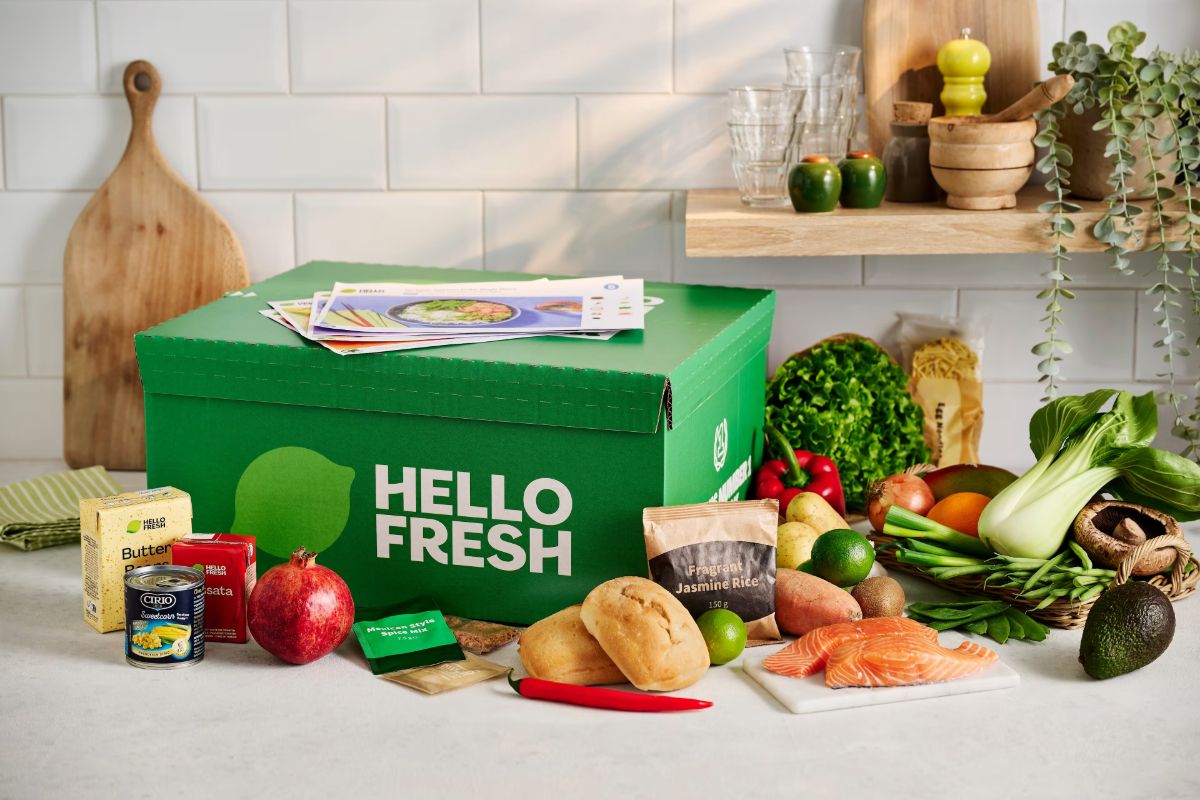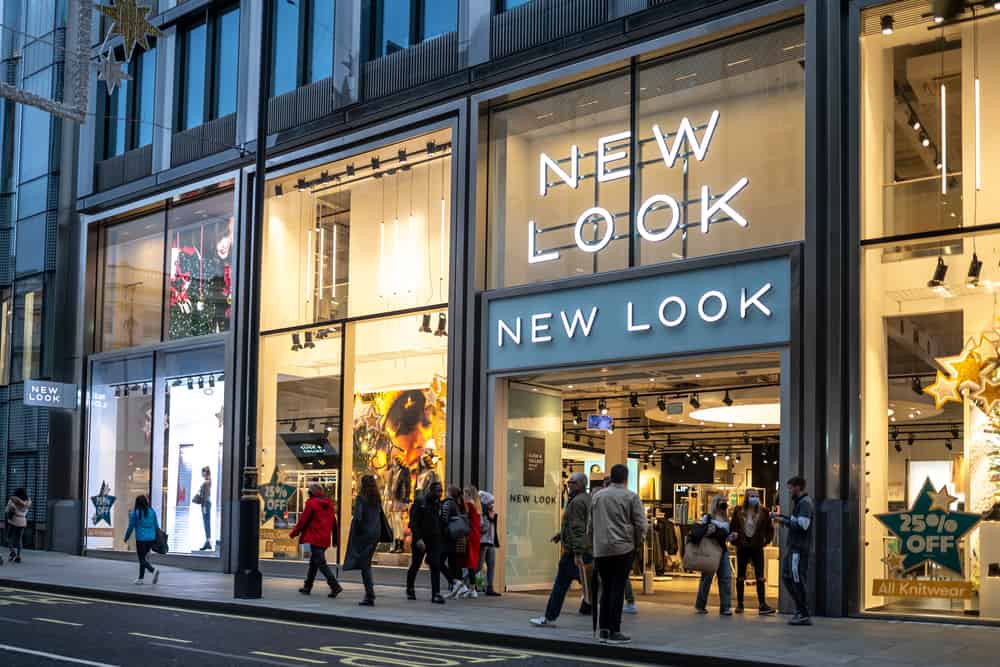In a recent InternetRetailing webinar, The top 5 trends driving ecommerce in 2018, we heard from Håkan Thyr, director of global strategic partnerships at ChannelAdvisor. Here’s a bulletpoint overview of the event.
• Håkan Thyr opened the webinar with an introduction to ChannelAdvisor before diving into the key trends he sees as essential for retailers to consider for 2018.
Age of the Algorithm: we’re at a tipping point where technologies are starting to become affordable enough.
• Big data:
• AI: process vast volumes of data, finding trends and lerning and adapting based on that data. Now mature and affordable enough to start to be applied broadly. “It’s going to become more and more middle of the road in 2018. We’re not quite at the point where you’re going to have sentient robots running your warehouse but not too far off that either.”
• NLP (natural language processing): software now able to understand language, offering not just understanding also understanding sentiment.
Omnichannel selling: early adopters now seeing the results. Now a widening in the gap between those that got on early and those still adopting.
• Forrester research: US retailers now pulling ahead in terms of omnichannel, scoring highly on channel consistency and online experience.
• B&Q, Schuh do well in the UK. US retailers better at providing in-store inventory than in the UK.
2018: next step for omnichannel will be to provide in-store access to your online basket.
• If you can’t offer an omnichannel probably now falling behind in 2018. Instore pickup, deliver to multiple addresses, pick a delivery slot will be very important. Provide cross-channel inventory: enables you to appear in Google search results for local retailers.
Mobile commerce: mobile now the dominant channel for driving traffic, growing faster than ecommerce as a whole.
• Mobile will soon pass desktop in terms of transactions.
• Thanksgiving last year saw more than half of transactions on a mobile device, for ChannelAdvisor platform last year.
• Forrester looked at leading European retailers, ranked on usability and functionality: Argos ahead of the others, also first to break £1bn sales mark in pure m-commerce sales.
• If you’re not optimising for mobile, missing half of traffic to the site. • But revenue still higher on desktop: consumers prefer to make large ticket purchases on desktop rather than an impulse purchase via mobile.
• Think: what makes you unique on mobile?
Conversational commerce: from chatbots to voice
• Chatbot: chatting with consumers. Messagng already overtaken email in terms of number of messages sent. 3bn users of messenger apps globally. Driven by NPL , AI and machine-learning.
• Power of voice in 2018: RBC Capital predicts potential sales of $10bn for Alexa through voice activated internet. Voice search also likely to become more common.
• Question: how are you optimising for natural language (for someone speaking cf typing keywords)?
Personalisation: around for some time but now crucial
• Has moved from nice to have to expected.
• Think about: not being creepy, and violating trust. Important to monitor customer reaction and to get timing right. “If we as marketers violate that we’re quickly going to alienate consumers.”
• Measure: are they opening your messages, clicking through, via social media? Converting, or unsubscribing?
• From personal experience, if I search for an Arsenal T-shirt, don’t recommend a Tottenham one. Rather, recommend other merchandise.
• Don’t sell past the close: once I’ve made a purchase don’t retarget me for the same product.
• Timing: understand customer’s behaviour, through when they are most likely to be seen on your site, plus reminding on what they
• Customers want and expect a personalised experience. Now widely available, probably built in to content management or ecommerce platform, or there will likely be an integration. Expect to see personalisation engines evolve.
Customer experience: recurring theme, expresses the quality of interaction that your customers experience during your relationship with them, contrasting with pre-imposed customer service.
• No silver bullet, or magical app to install. Reflects on the entire customer process, so only as good as the weakest link. Eg if order delivered late, despite strong personalisation. What is your brand persona. Be authentic, be consistent. Provide the same experience throughout.
• Content good, as long as it’s relevant. More isn’t always better.
• Reviews affect conversion rates. Consumers looking for social validation of their decision or as part of the purchase process.
• Summing up: customer experience is paramount and encourages customers to come back. Think about what are the questions your visitors will have through the journey. Respond positively, eg by answering bad reviews you boost customer trust.








